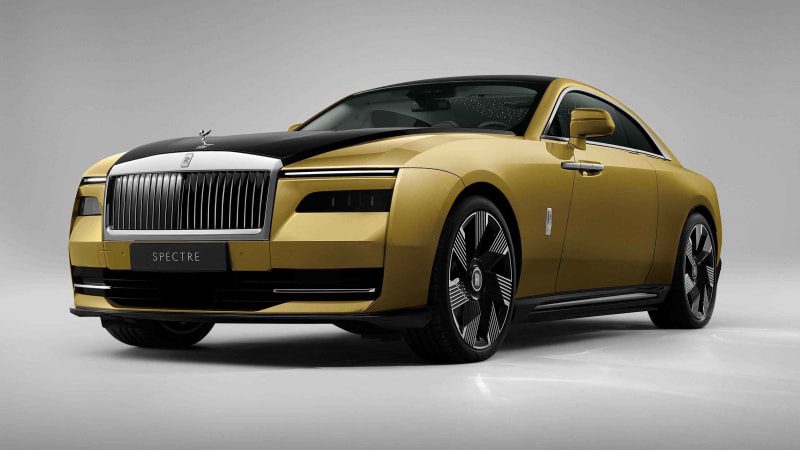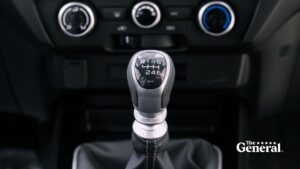Over 10 years of research went into the Rolls-Royce Spectre EV

Rolls-Royce’s first series-produced electric model, the 577-horsepower Spectre, made its debut in October 2022. Electrification suits the British luxury brand well, as its clients primarily prefer a smooth and quiet ride over a deep exhaust note that sends chills down your spine. But the company’s top executive told Autoblog that finding the right path to the EV segment required over a decade’s worth of research.
The electric 102EX prototype from 2011 helped blaze this path. It wasn’t approved for production, but it showed Rolls-Royce what to do.
“We never intended at that time that we would bring [the 102EX] to the market,” company boss Torsten Müller-Ötvös told me on the sidelines of the 2023 Villa d’Este Concours d’Elegance. “I joined Rolls-Royce in 2010, and I was always in the belief that we need to look into alternative propulsions for the brand.” Rolls-Royce is part of the BMW Group, and this practice is common throughout the company: BMW and Mini experimented with electric prototypes at that time as well, and the iX5 presented in 2023 will bolster the firm’s hydrogen research.
Rolls-Royce learned several lessons from the 102EX project. One was to simply keep on keeping on.
“One clear learning from all of our clients worldwide is to make sure that it is a Rolls-Royce first and an electric car second, not the other way around. [The Spectre] smells like a Rolls-Royce, it feels like a Rolls-Royce, and it sounds like a Rolls-Royce — [that means that] there is no sound, obviously. [There is] no funky dashboard, huge screen, or whatever. That would not be us,” he continued.
Customers also told Rolls-Royce not to make a car defined by superlatives. These buyers aren’t concerned about having the longest driving range or the quickest acceleration time, largely because they already have a variety of different cars in their fleet plus access to private jets. This also explains why many Rolls-Royce models aren’t used as long-distance cars in spite of a powerful V12 engine and a spacious interior.
“It was clear that we don’t need to be number one with outrageous range; a range of [about 310 miles] is totally sufficient for our clients. [The EX project] also gave us the right logic behind battery size, what we need to do in terms of body shape, and what the car should look like. It’s a very fine balance between range, the size of the battery, and what kind of compromises you suddenly get into the entire design of the car. I’m going to say we learned a lot. [The Spectre] is clearly driven by client feedback, and engineered by client feedback,” he concluded.
Not all of the feedback related to the powertrain. The fact that the first series-produced electric Rolls-Royce is a four-seater coupe, not a big SUV like the Cullinan or a battery-powered variant of the Phantom sedan, is telling as well. “The vast majority of our clients are self-drivers. We are no longer a chauffeur-driven brand,” he clarified. It sounds like Rolls-Royce may need to develop self-driving technology after all.
Related video:




